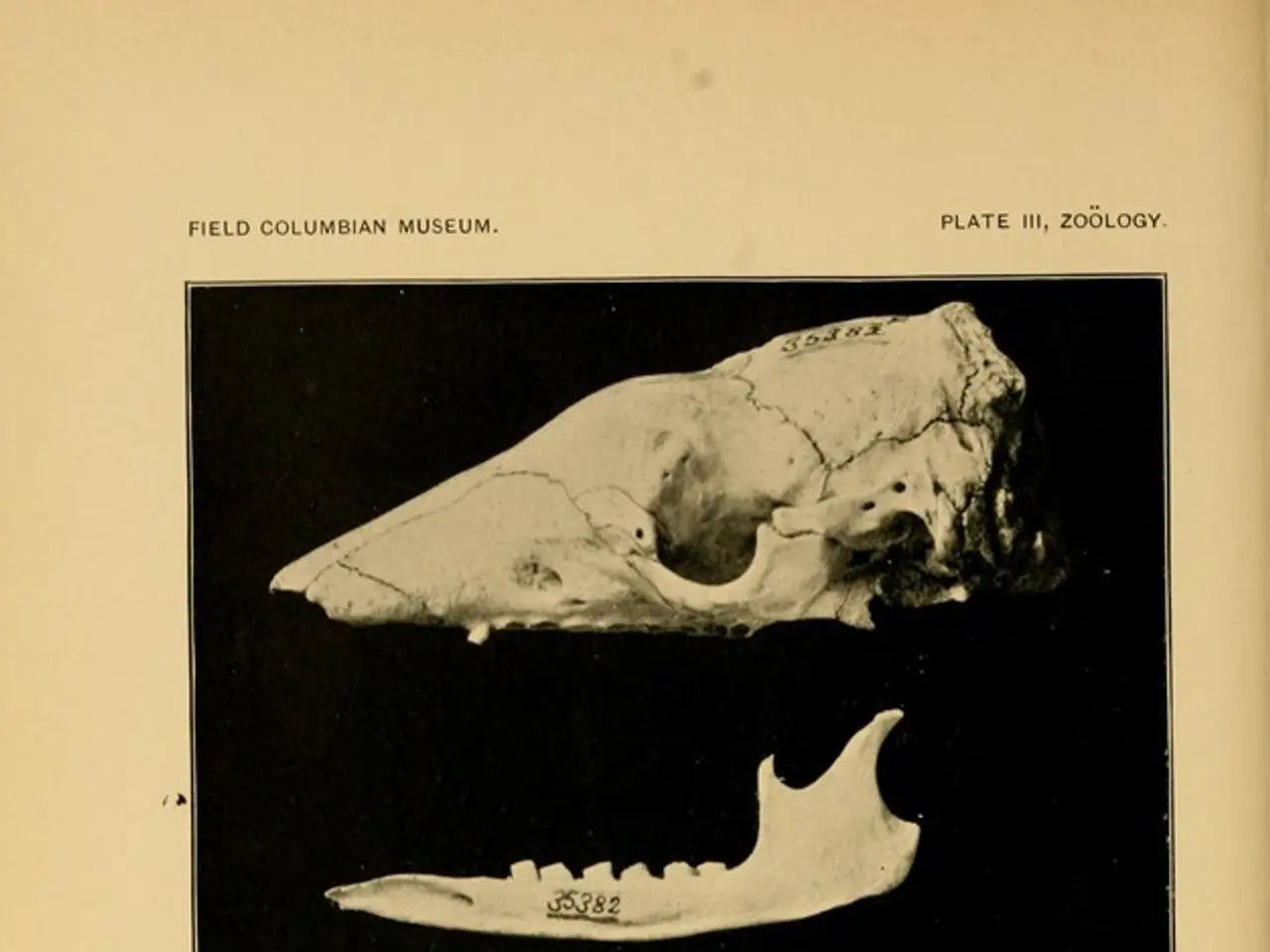Protective Mechanisms for Muscle Tissue in Space: The Role of an Antioxidative Stress Regulator
In a groundbreaking study published in the journal Communications Biology in June 2021, researchers from the University of Tsukuba uncovered the role of a protein named Nuclear factor E2-related factor 2 (NRF2) in maintaining muscle health during space flight. The study, with the DOI: 10.1038/s42003-021-02334-4, was supported by grants from the Japan Aerospace Exploration Agency and MEXT.
Researcher Hakim Bougault led the study, which aimed to understand the mechanisms behind muscle atrophy in space. Muscle atrophy, a common feature of disease, aging, and inactivity, such as during space flights, was found to be influenced by NRF2.
The study suggested that targeting NRF2 could be useful for preventing muscle changes in astronauts during space flights. Moreover, it proposed that targeting NFR2 could also be a promising avenue for addressing muscle wasting in diseases like cancer or during the aging process.
To test their hypothesis, the researchers deleted the gene encoding NRF2 in mice and sent them to live on the International Space Station for a month. The results showed that the Nrf2-knockout mice did not lose more muscle mass than the control mice under a microgravity environment. However, they showed a significantly accelerated rate of slow-to-fast fiber type transition.
This conversion from slow- to fast-twitch muscle fibers is closely associated with an increase in oxidative stress. The findings suggest that NRF2 alters skeletal muscle composition during space flights by regulating oxidative and metabolic responses.
The authors of the study declared no competing interests. This research offers a crucial step towards developing strategies for maintaining muscle health in space and potentially in various disease and aging contexts.






